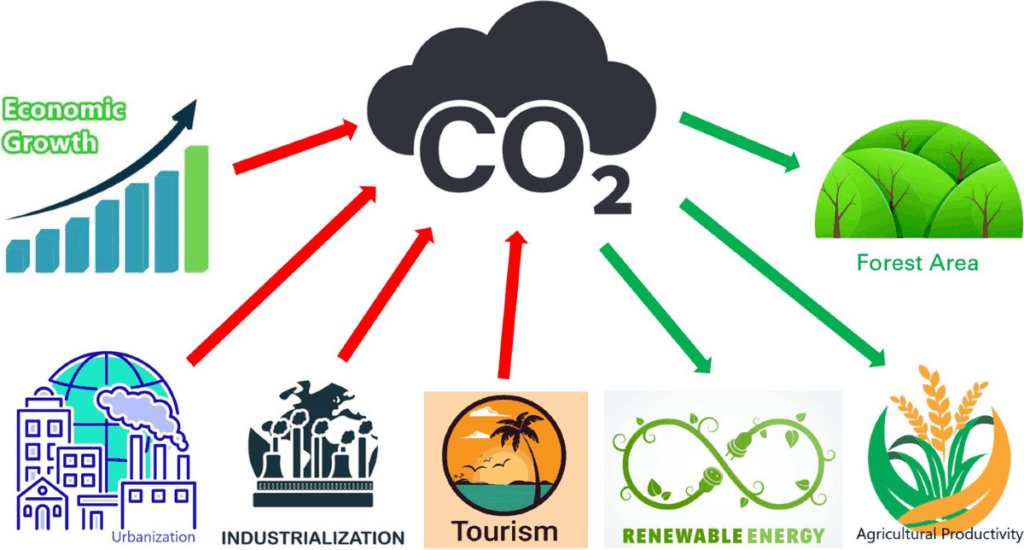Environmental and Industrial Impact

The technology could:
- Help reduce global dependence on fossil fuels.
- Convert CO₂ — a greenhouse gas — into useful materials.
- Offer renewable, distributed production of fuels anywhere sunlight is available.
For sectors that can’t easily transition to electric power — like aviation, shipping, and heavy industry — these liquid fuels provide a crucial alternative.
About the Researchers and the LiSA Project

- Lead Researcher: Dr. Peidong Yang, a pioneer in artificial photosynthesis.
- Funding & Coordination: The U.S. Department of Energy through the Liquid Sunlight Alliance (LiSA).
- Collaborators: Scientists from Caltech, Berkeley Lab, SLAC, NREL, UC Irvine, UC San Diego, and University of Oregon.
- The LiSA program’s goal is to develop “fuels from sunlight” by uniting chemists, physicists, engineers, and material scientists.
Next Steps in the Research
- Improve efficiency: Fine-tune catalysts and photoabsorbers to boost fuel output.
- Scale up: Expand device size from a postage stamp to panels or sheets.
- Test in real environments: Move from lab-based sunlight simulators to field tests.
- Explore durability and cost-efficiency: Key to commercial deployment.






